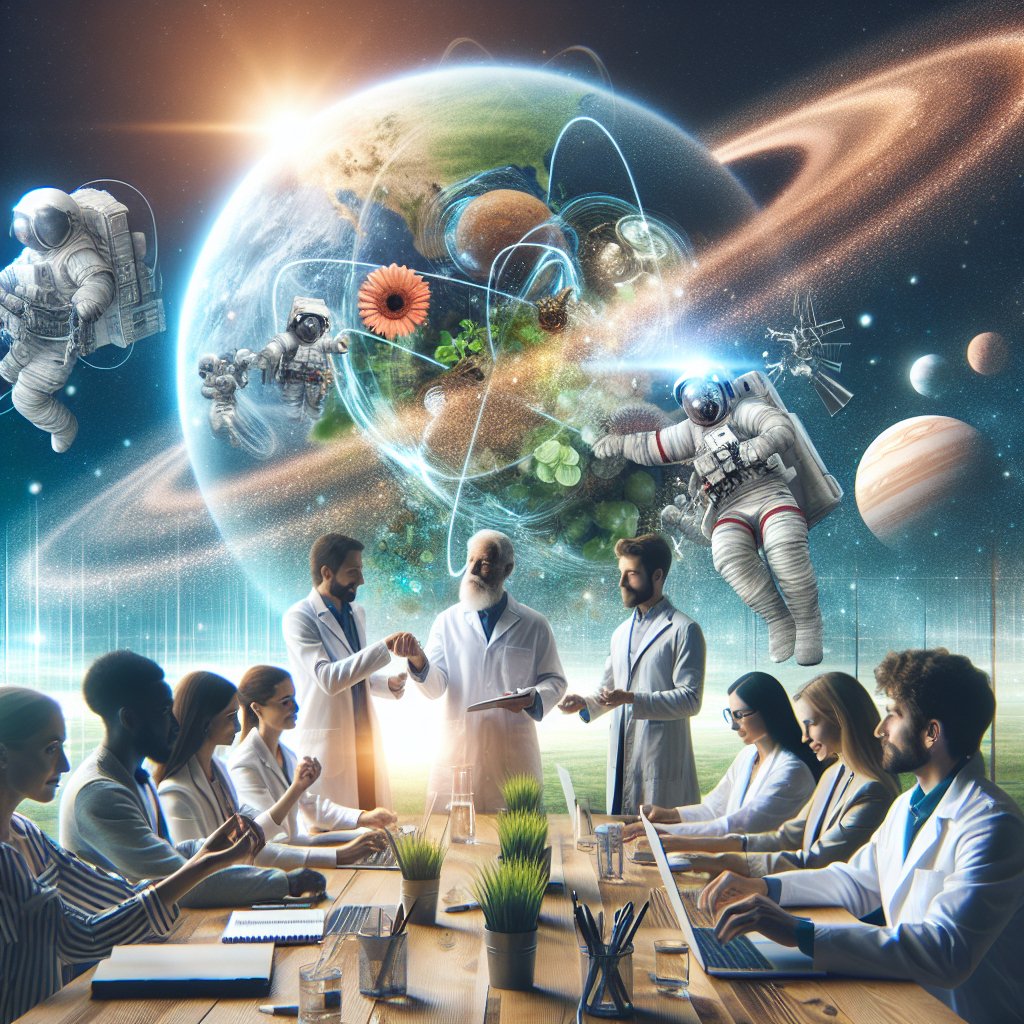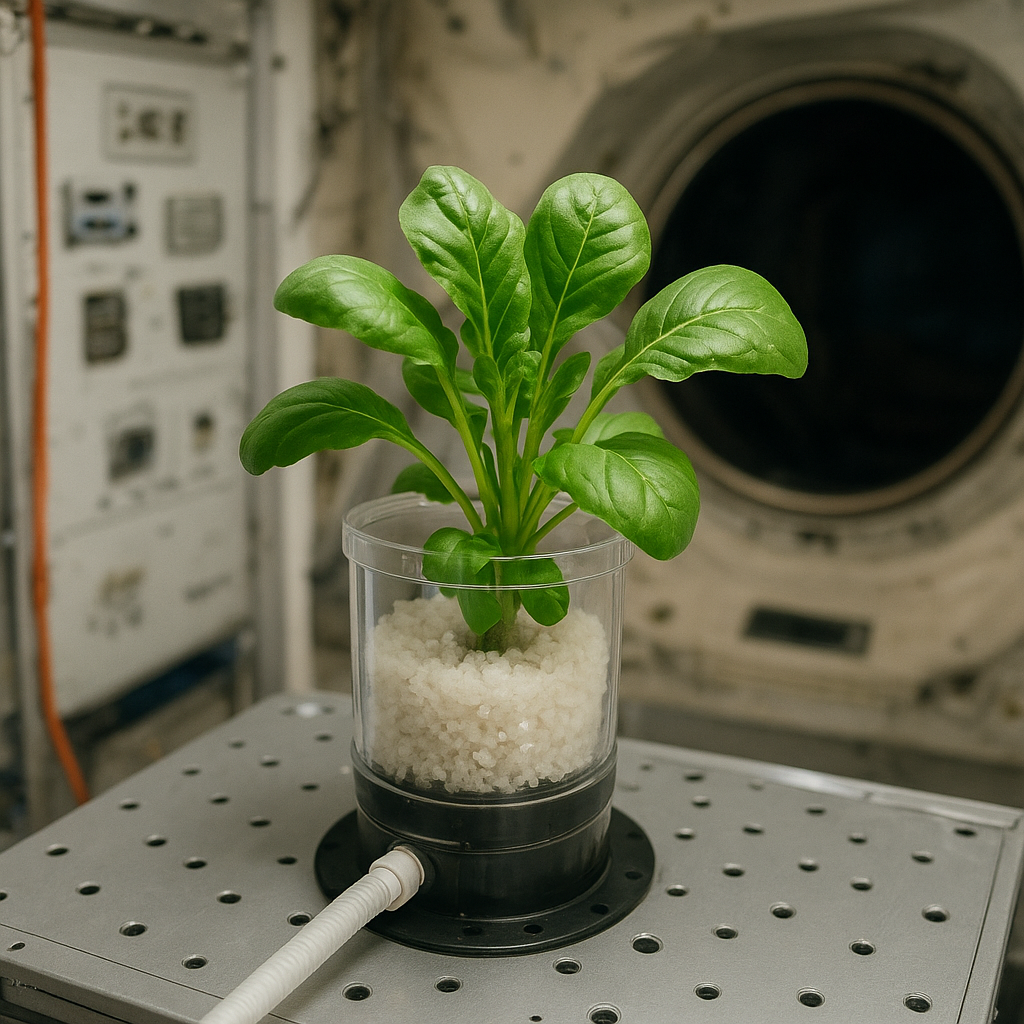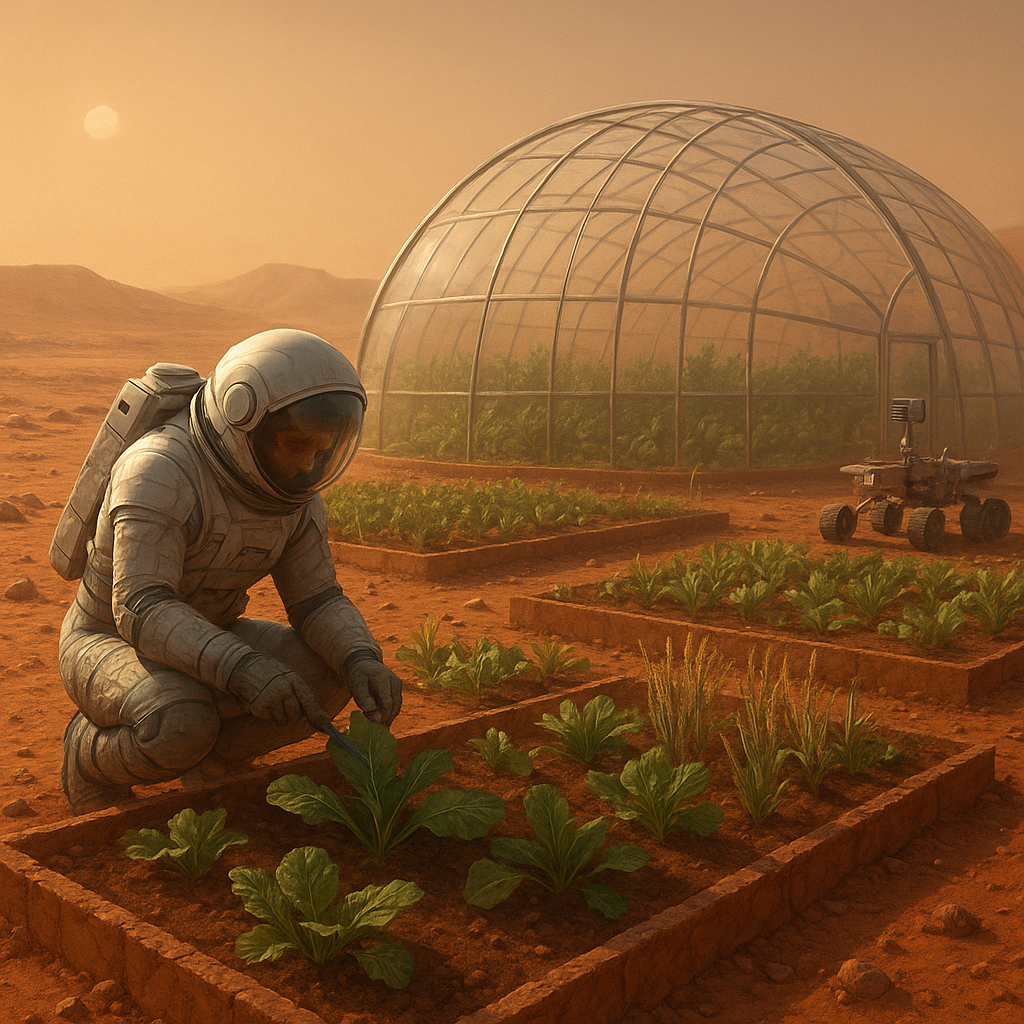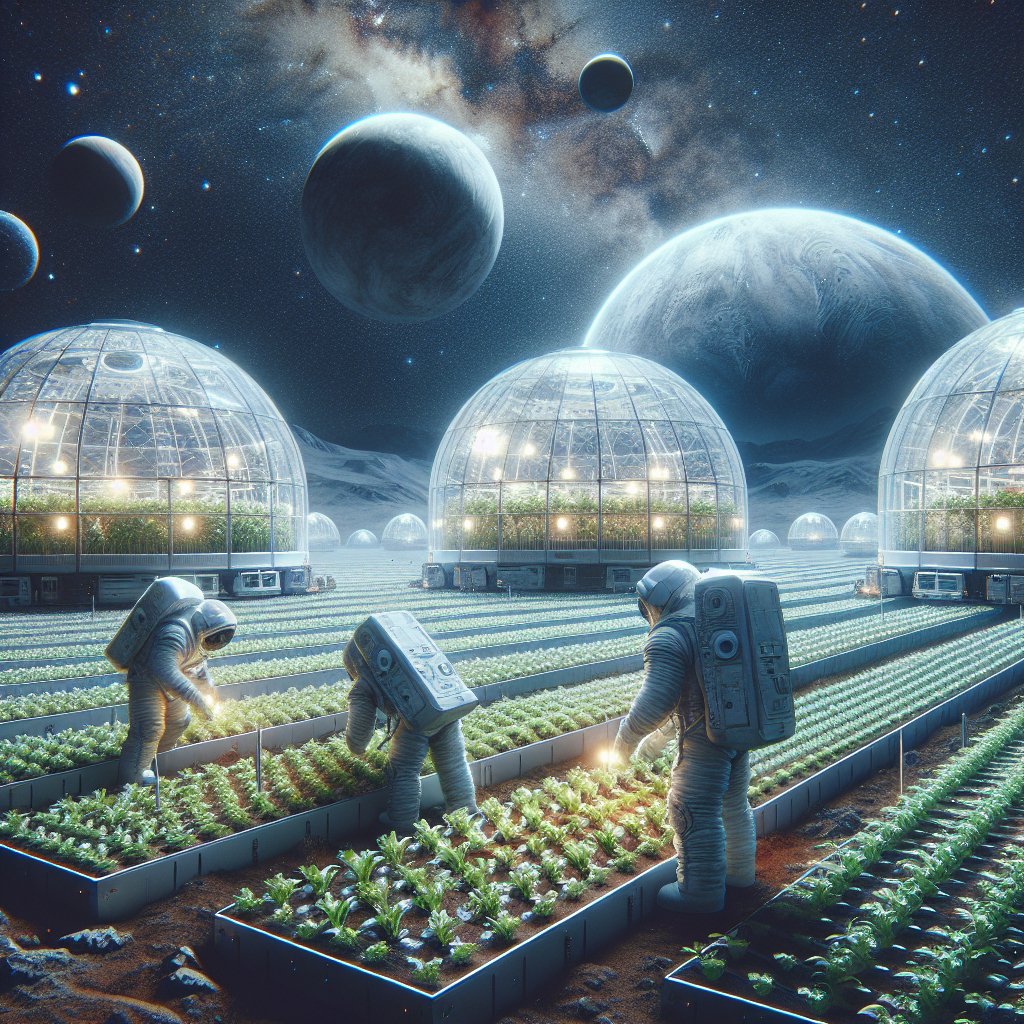The role of global partnerships in advancing space agriculture is becoming increasingly vital as humanity looks to the stars for future habitation and resource utilization. As we venture into the cosmos, the need for sustainable agricultural practices in space is paramount. This article explores the significance of international collaboration in developing agricultural technologies that can thrive in extraterrestrial environments, the challenges faced, and the innovative solutions being proposed to ensure food security beyond Earth.
Understanding Space Agriculture
Space agriculture refers to the cultivation of plants in extraterrestrial environments, such as the Moon or Mars, where traditional farming methods are not feasible. The concept is not merely about growing food in space; it encompasses a wide range of scientific disciplines, including biology, engineering, and environmental science. The primary goal is to create a self-sustaining ecosystem that can support human life during long-duration space missions or colonization efforts.
One of the most significant challenges in space agriculture is the harsh conditions of outer space. Factors such as microgravity, radiation, and limited resources make it difficult to grow crops as we do on Earth. Therefore, researchers are exploring various methods to overcome these obstacles, including hydroponics, aeroponics, and the use of genetically modified organisms (GMOs) that can withstand extreme conditions.
The Importance of Global Partnerships
Global partnerships play a crucial role in advancing space agriculture. The complexity of the challenges involved requires a collaborative approach that brings together expertise from various countries and organizations. By pooling resources, knowledge, and technology, international partnerships can accelerate the development of innovative agricultural solutions for space.
- Shared Knowledge and Expertise: Different countries have unique strengths in agricultural research and technology. For instance, nations with advanced space programs, such as the United States, Russia, and China, can share their findings with countries that have strong agricultural research capabilities, like the Netherlands and Israel. This exchange of knowledge can lead to breakthroughs in space farming techniques.
- Resource Allocation: Space missions are expensive and resource-intensive. By forming partnerships, countries can share the financial burden and allocate resources more efficiently. Collaborative projects can also attract funding from private sectors and international organizations, further enhancing research capabilities.
- Innovation through Diversity: Diverse teams bring different perspectives and ideas to the table. This diversity can foster innovation, leading to the development of novel solutions that may not have emerged in a more homogeneous environment.
Current Initiatives and Collaborations
Several initiatives and collaborations are currently underway to advance space agriculture through global partnerships. These projects aim to test agricultural practices in space and develop technologies that can be used in future missions.
NASA and International Space Station (ISS)
NASA has been at the forefront of space agriculture research, particularly through its experiments on the International Space Station (ISS). The ISS serves as a unique laboratory for studying plant growth in microgravity. NASA collaborates with various international space agencies, including the European Space Agency (ESA) and the Japan Aerospace Exploration Agency (JAXA), to conduct experiments that explore how different crops respond to space conditions.
One notable project is the Veggie experiment, which aims to grow fresh produce in space. The success of Veggie has demonstrated that crops like lettuce and radishes can be cultivated in microgravity, providing valuable insights into the potential for sustainable food sources during long-duration missions.
International Partnerships for Mars Missions
As plans for human missions to Mars progress, international partnerships are becoming increasingly important. The Mars Society, an organization dedicated to promoting the human exploration of Mars, has been working with various countries to develop agricultural systems that can function on the Martian surface.
Collaborative efforts include research on Martian soil and its potential for supporting plant growth. Scientists from different countries are studying the composition of Martian regolith and experimenting with ways to enhance its fertility. These partnerships are crucial for developing the technologies needed to grow food on Mars, ensuring that future colonists have access to fresh produce.
Challenges and Future Directions
Despite the promising advancements in space agriculture through global partnerships, several challenges remain. Addressing these challenges will be essential for the success of future space missions and the establishment of sustainable agricultural practices beyond Earth.
Technological Limitations
While significant progress has been made, the technology required for efficient space agriculture is still in its infancy. Developing systems that can operate autonomously in harsh environments is a priority. This includes creating closed-loop systems that recycle water and nutrients, as well as developing energy-efficient lighting solutions for plant growth.
Regulatory and Ethical Considerations
As international collaborations expand, regulatory and ethical considerations must also be addressed. Different countries have varying regulations regarding genetic modification and the use of certain agricultural practices. Establishing a common framework for space agriculture will be essential to ensure that all partners are aligned in their approaches and that ethical standards are maintained.
Public Engagement and Education
Engaging the public in space agriculture initiatives is vital for garnering support and interest in these projects. Educational programs that highlight the importance of space agriculture and its potential benefits for life on Earth can inspire the next generation of scientists and researchers. Public engagement can also lead to increased funding and support for international collaborations.
Conclusion
The role of global partnerships in advancing space agriculture is critical as we prepare for a future where humanity may live and work beyond Earth. By collaborating across borders, countries can share knowledge, resources, and innovative solutions to overcome the challenges of growing food in space. As we continue to explore the cosmos, the development of sustainable agricultural practices will be essential for ensuring food security and supporting human life in extraterrestrial environments. The future of space agriculture is bright, and with continued collaboration, we can pave the way for a new era of exploration and discovery.




